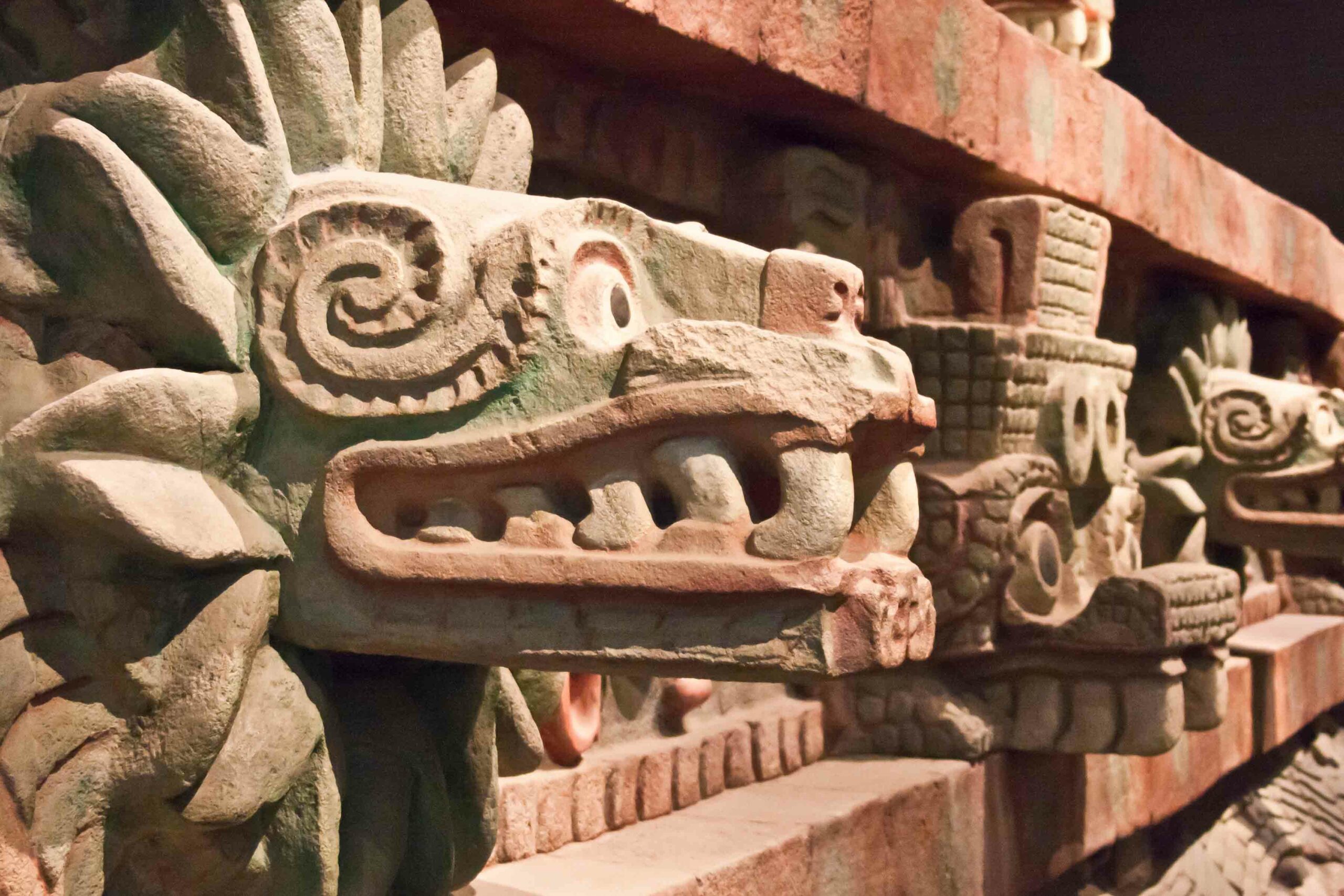Latest News
-
News December 15, 2025
4,400-Year-Old Sun Temple Excavated in Egypt at Old Kingdom Necropolis
Read Article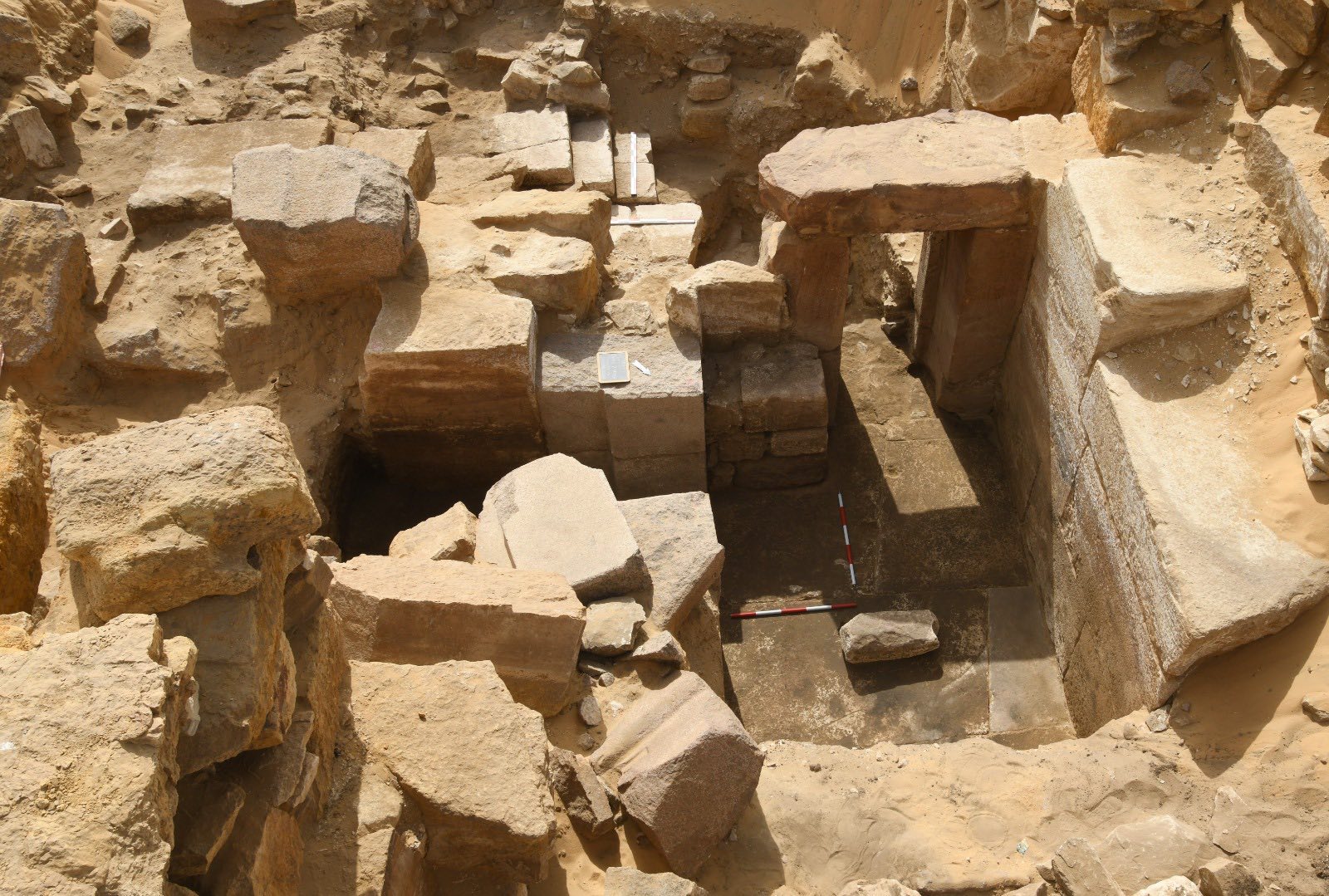 Egyptian Ministry of Tourism and Antiquities
Egyptian Ministry of Tourism and Antiquities -
 Auckland Museum
Auckland Museum -
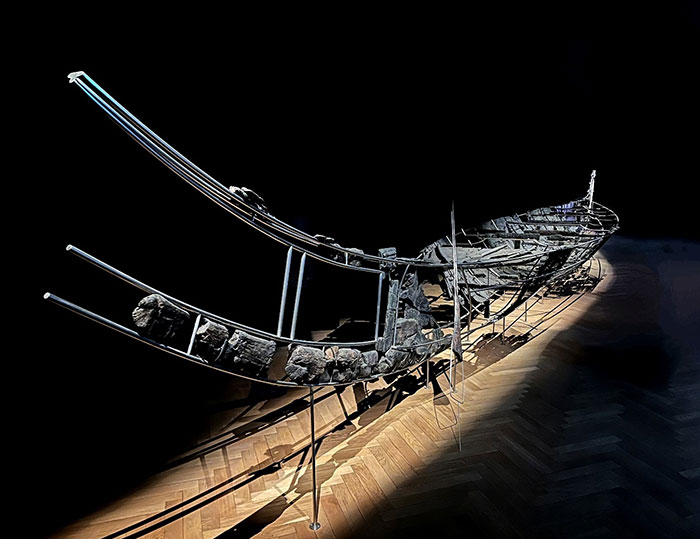 Photo by Boel Bengtsson/Fauvelle et al., 2025, PLOS One
Photo by Boel Bengtsson/Fauvelle et al., 2025, PLOS One -
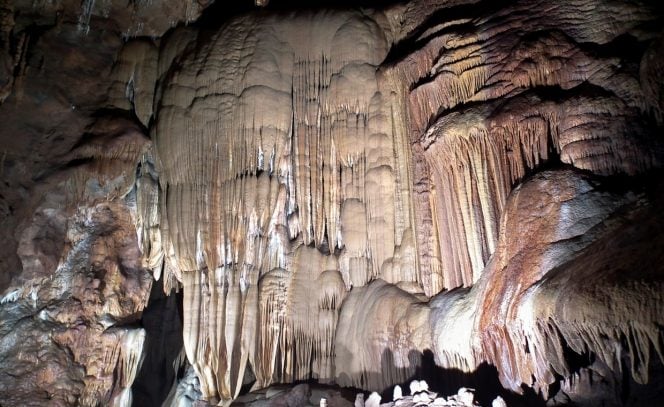 Garry K. Smith, Newcastle & Hunter Valley Speleological Society
Garry K. Smith, Newcastle & Hunter Valley Speleological Society
-
News December 15, 2025
New York’s Antiquities Trafficking Unit Recovers and Returns Looted Artifacts to Turkey
Read Article
-

-
 Craig Williams, Illustrator, Department of Europe and Prehistory
Craig Williams, Illustrator, Department of Europe and Prehistory -
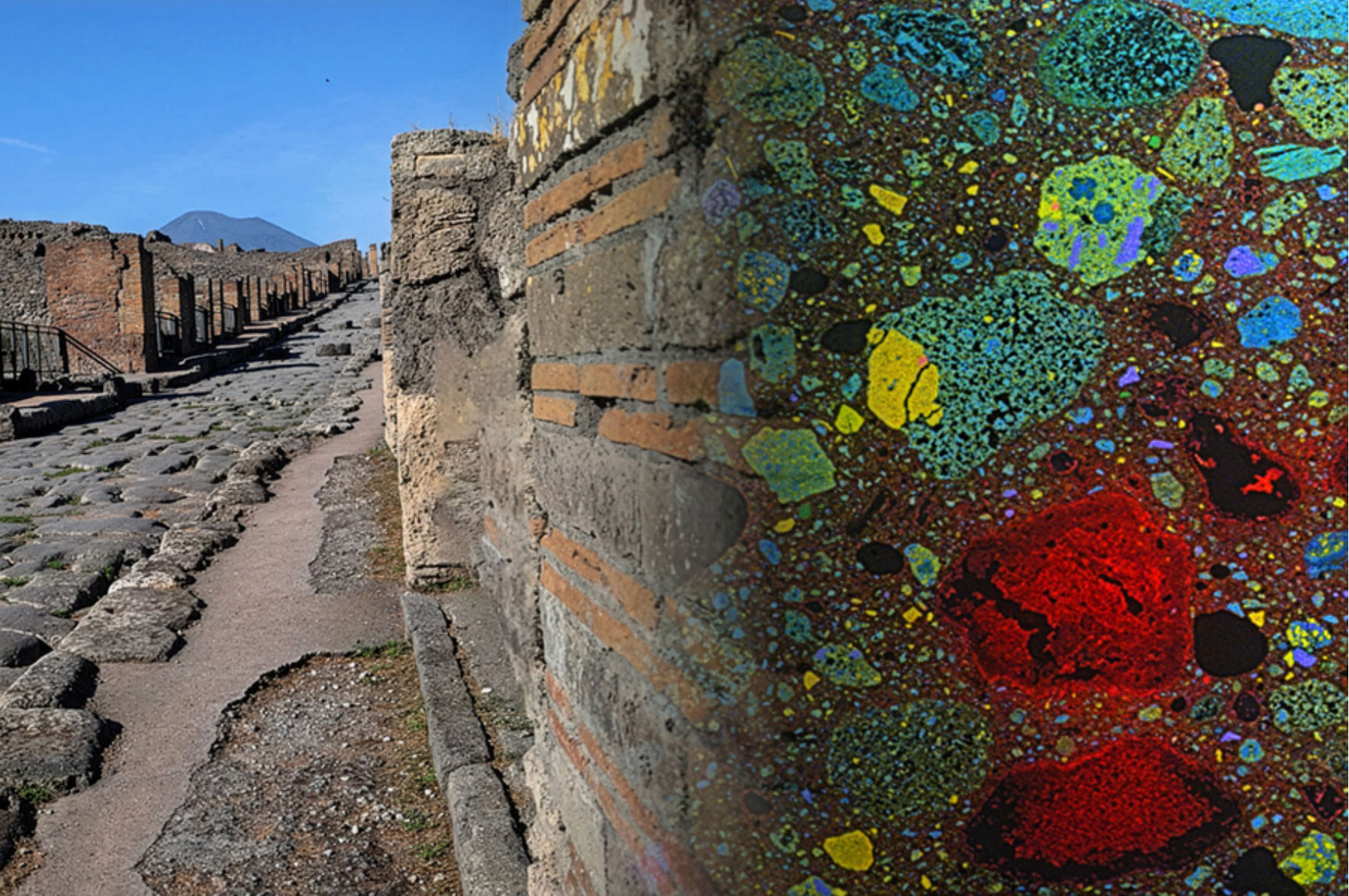 Archaeological Park of Pompeii
Archaeological Park of Pompeii
-
 INAH
INAH -
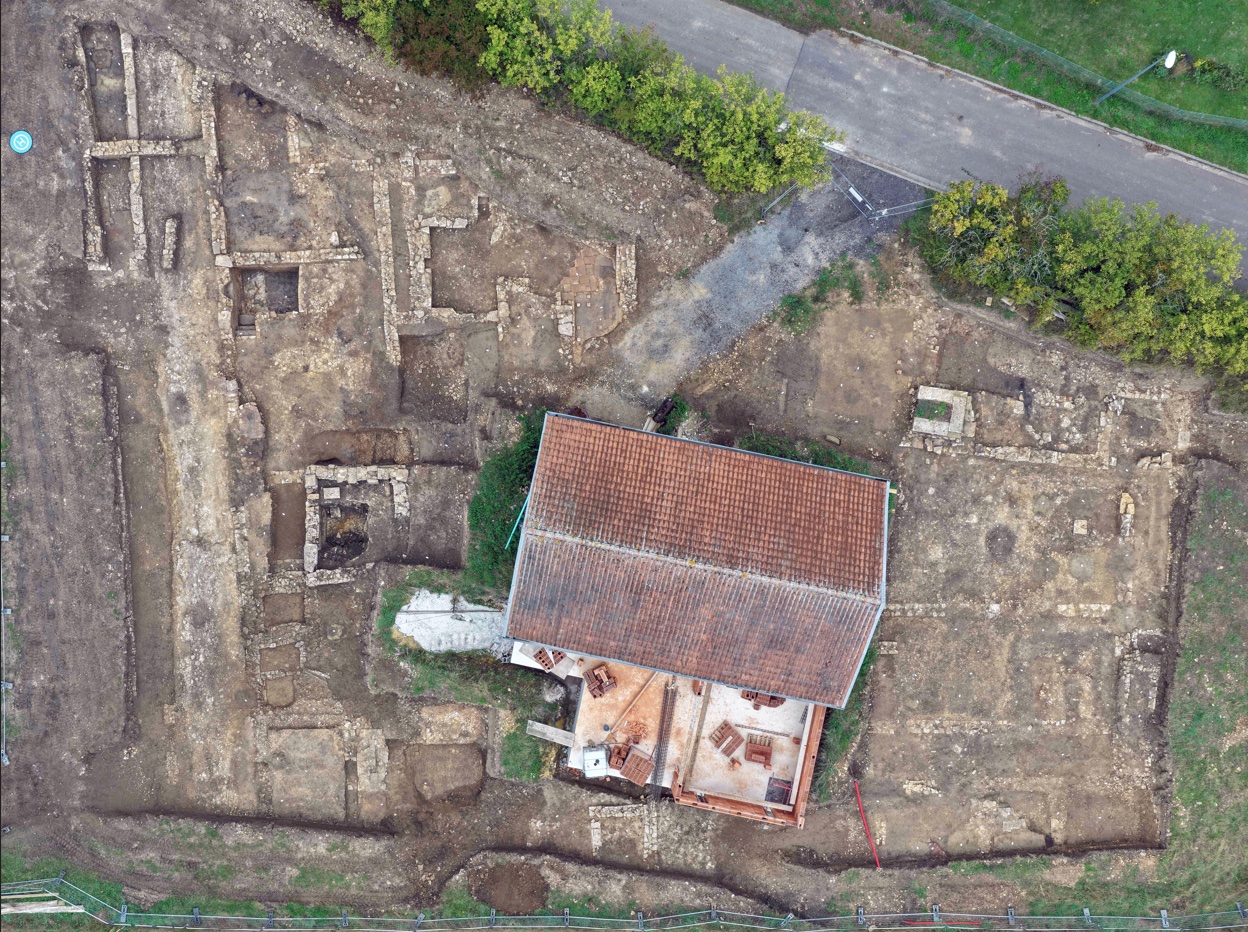 © Anthony Robin, INRAP
© Anthony Robin, INRAP -

-

-
 Julia King
Julia King -
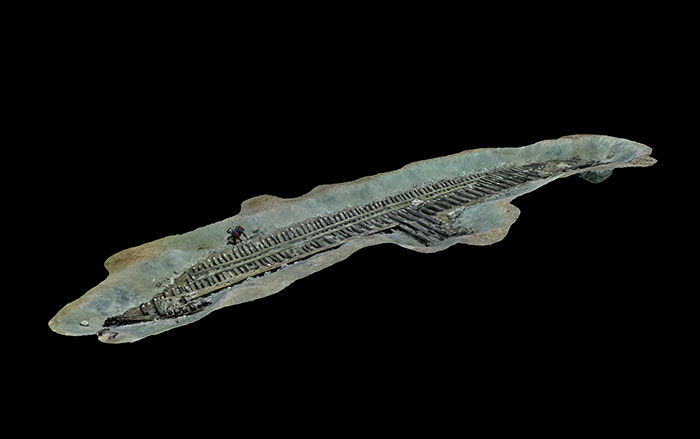 Christoph Gerigk ©Franck Goddio/Hilti Foundation
Christoph Gerigk ©Franck Goddio/Hilti Foundation -
News December 8, 2025
Earliest Evidence for Lost-Wax Casting Technique in Western Europe
Read Article Photo by B. Meunier (MRAH)
Photo by B. Meunier (MRAH) -
News December 8, 2025
DNA Study Offers Insight into the Builders of One of Neolithic China's Most Influential Cities
Read Article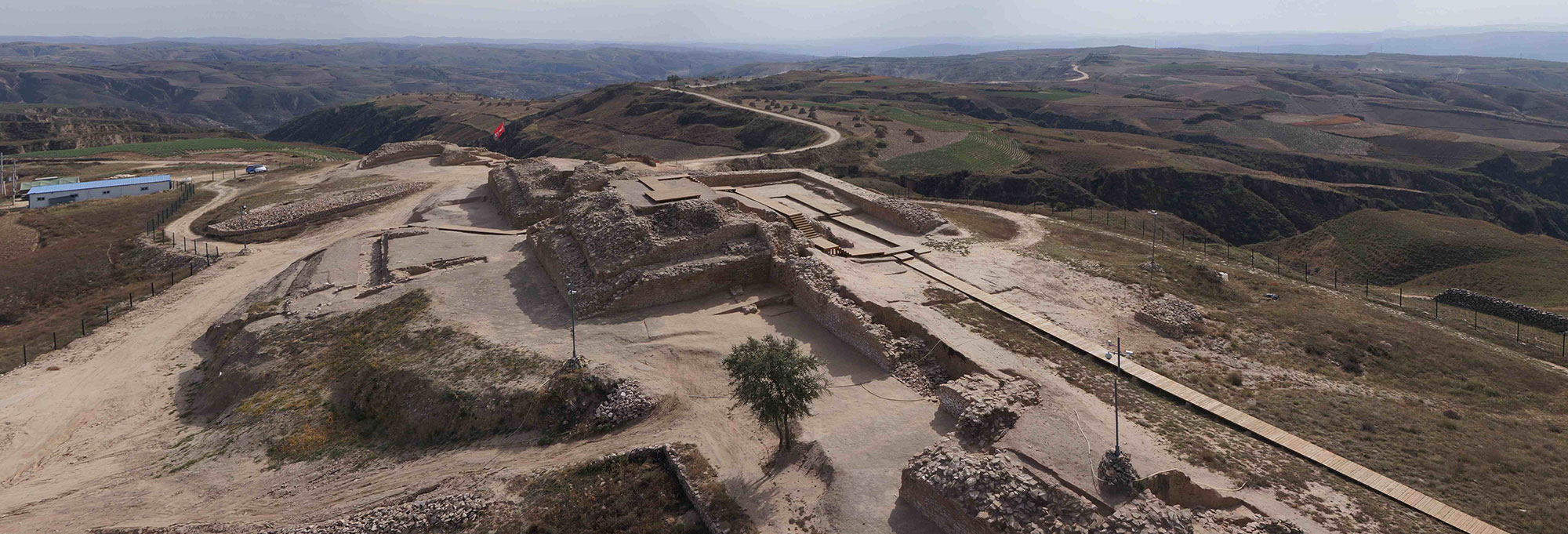 IVPP
IVPP -
News December 8, 2025
Roman Britain Mosaic Features Scenes Based on Lost Trojan War Tale
Read Article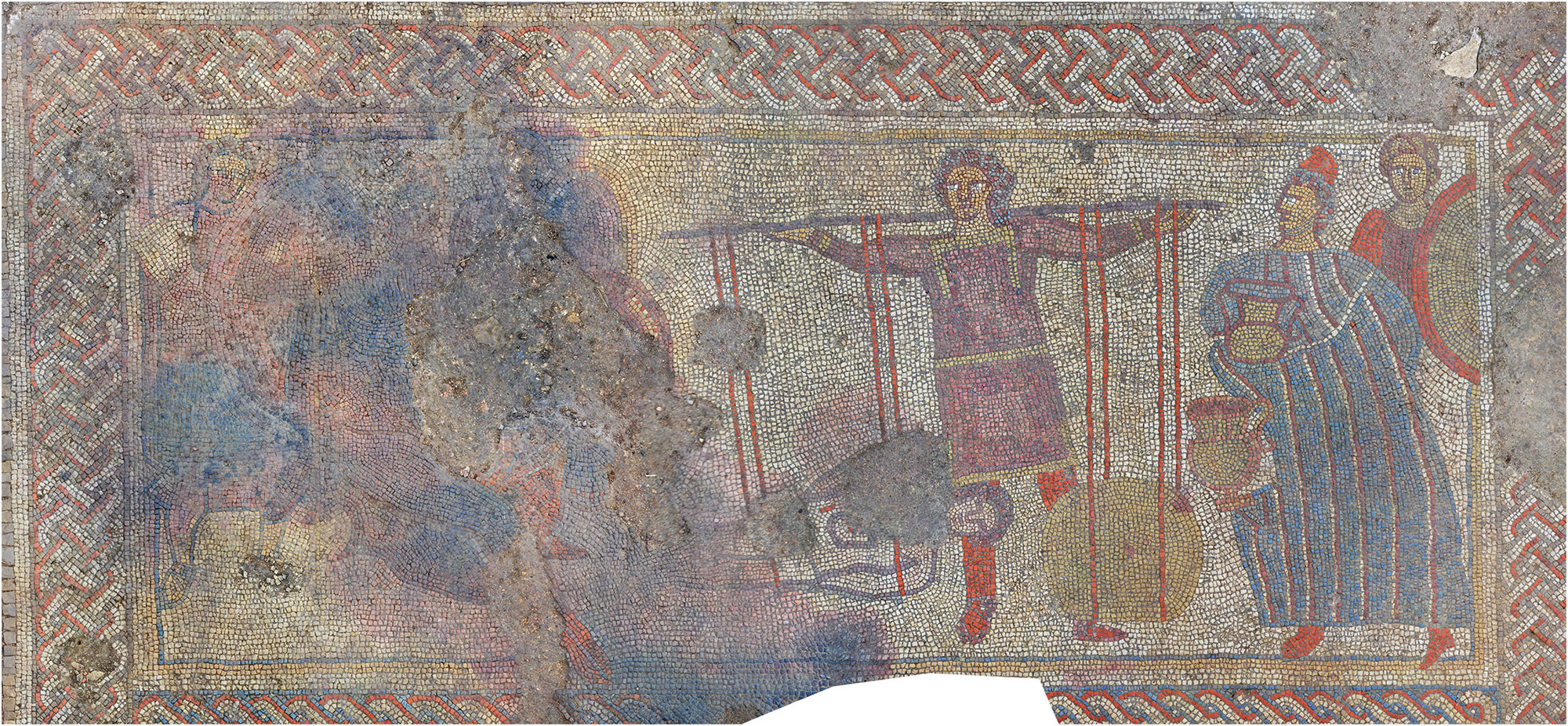 © ULAS
© ULAS -
News December 5, 2025
Sacrificial Complex in the Southern Urals Reveals Nomadic Rituals
Read Article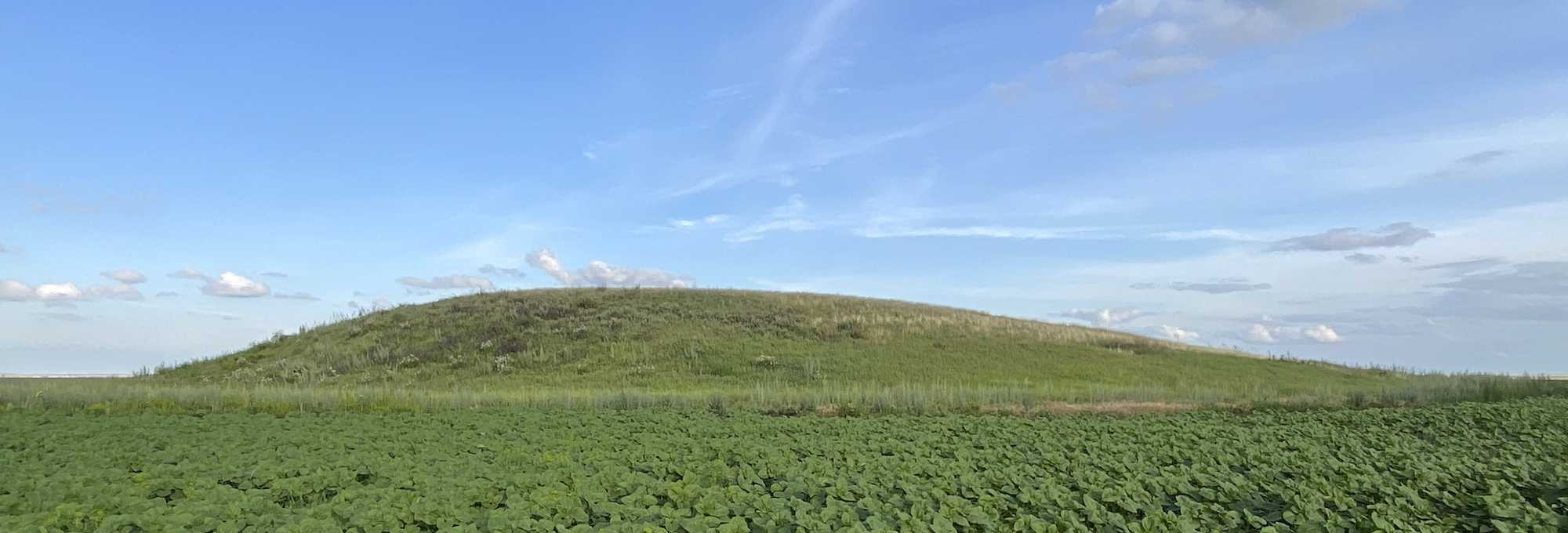 Institute of Archaeology of the Russian Academy of Sciences
Institute of Archaeology of the Russian Academy of Sciences -
News December 5, 2025
Dig Uncovers 6,000 Years of History Beneath Palace of Westminster
Read Article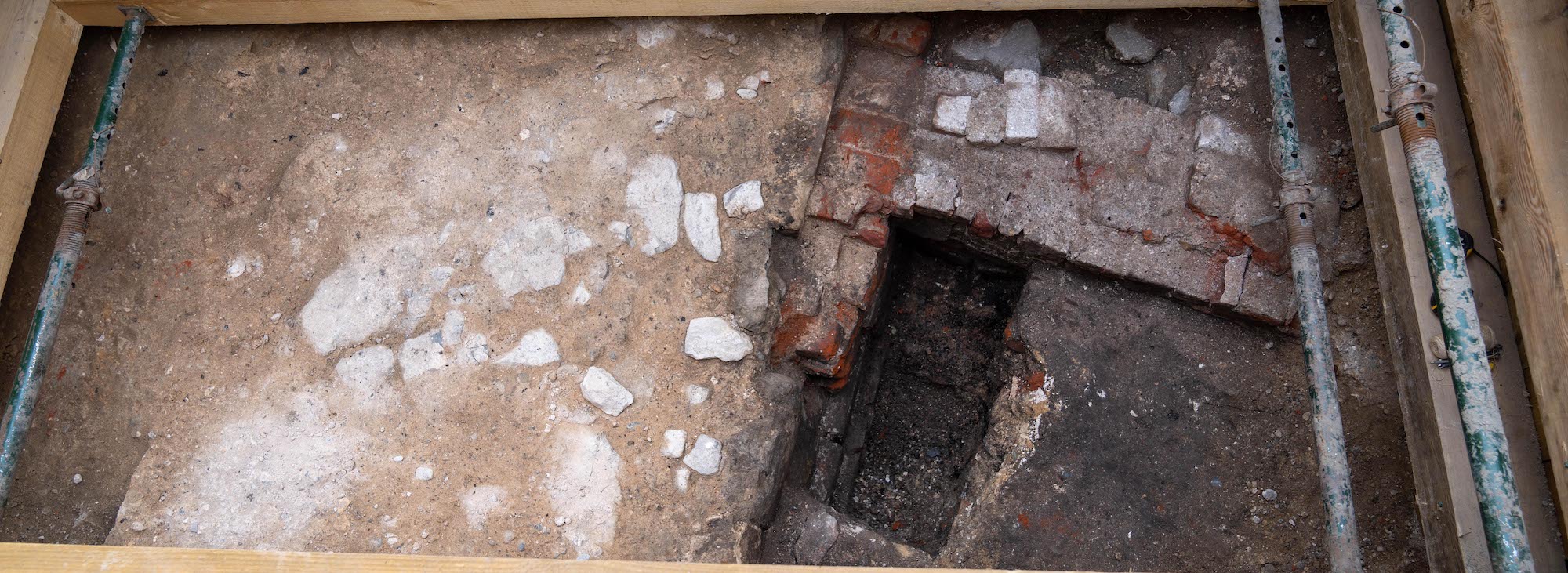 © R&R Delivery Authority
© R&R Delivery Authority -
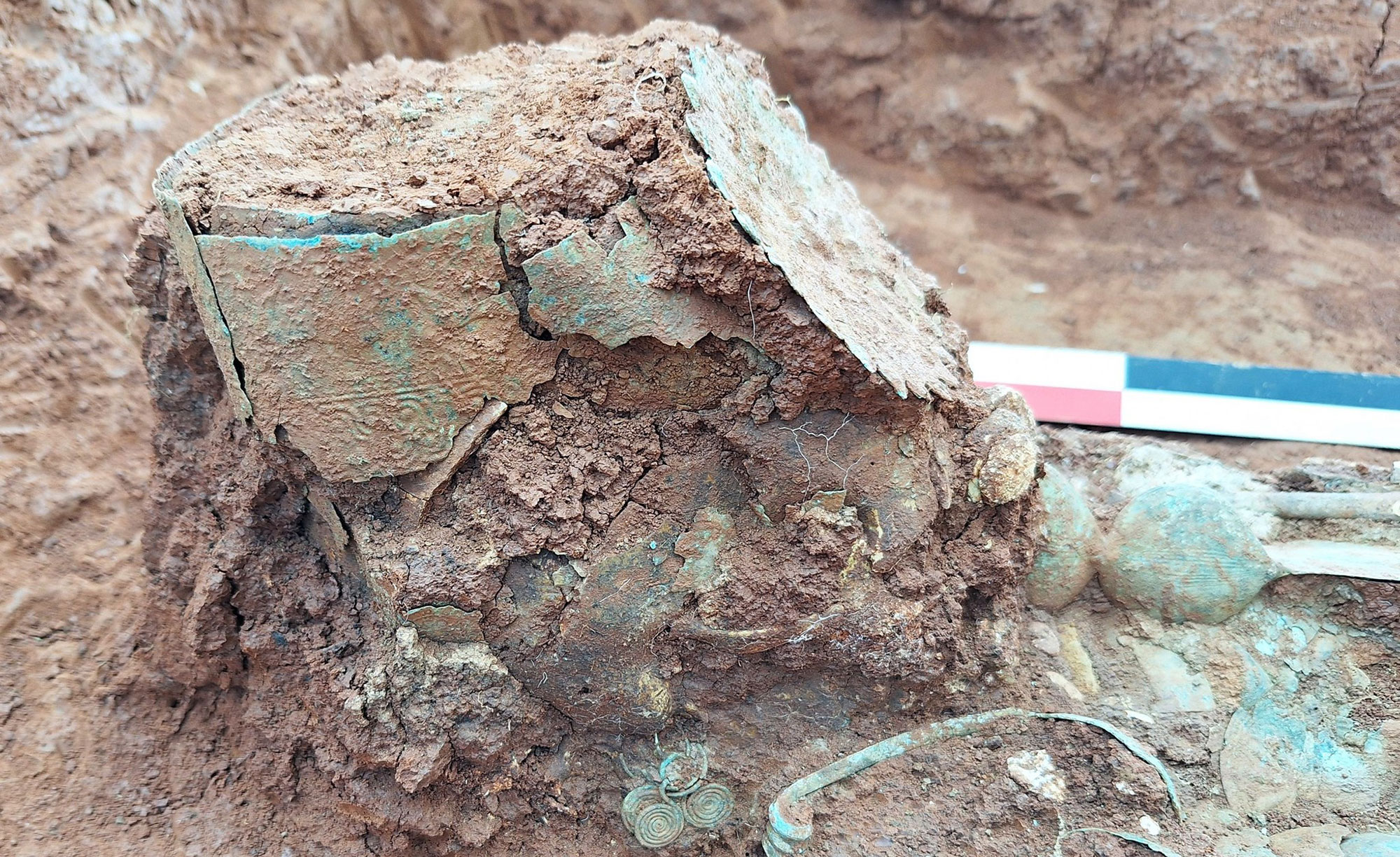 Greek Ministry of Culture and Sports
Greek Ministry of Culture and Sports
Loading...


